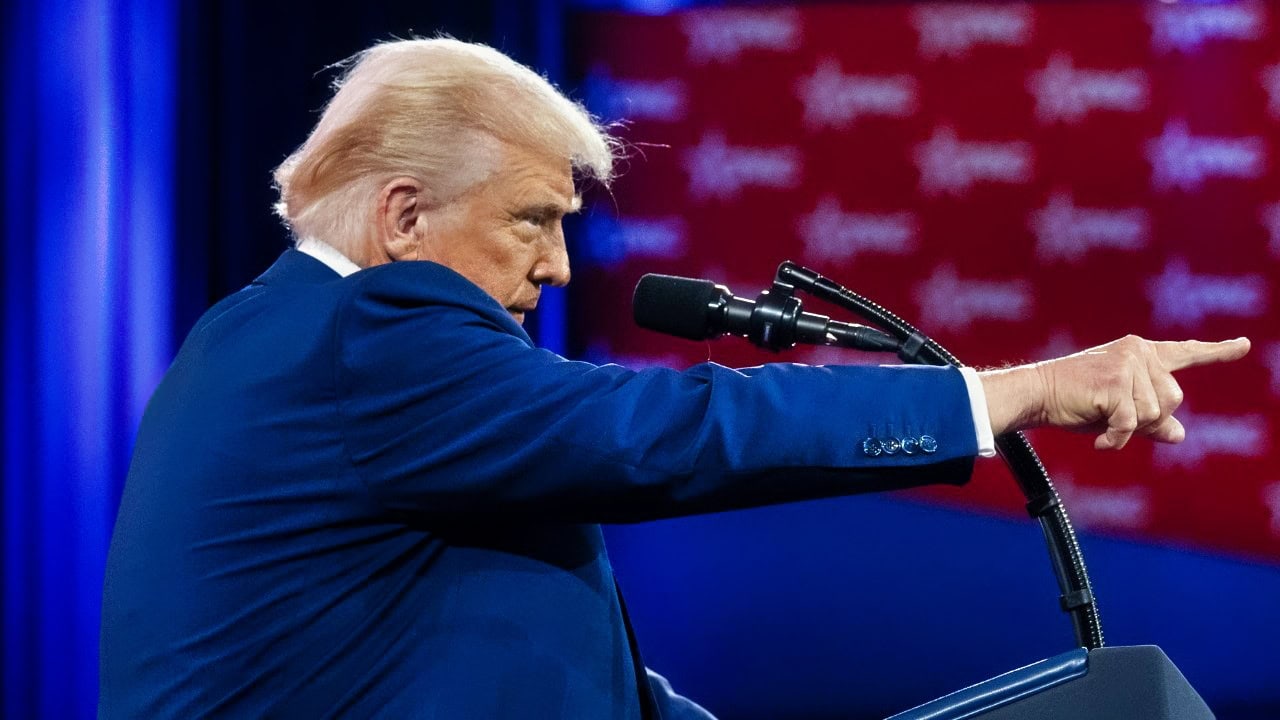The last two weeks of US trade policy have been remarkably turbulent. US President Donald Trump has repeatedly changed his mind on the implementation of massive tariffs against almost all US trading partners. At present, given rising exemptions, it is unclear what US will tariff. Trump and his cabinet officials are also suggesting new tariffs will hit in one month or three months or both. The result is a tangle.
Trump personally seems to very much want tariffs. He has been convinced for decades that the US should heavily tariff foreign imports. But the backlash to his ‘Liberation Day’ tariffs was enormous. The stock market fell dramatically, and the cost of US debt spiked. That is likely why Trump backed off his tariffs. Now the US must wait as its mercurial president engages in ‘Mexican standoff’ with the bond market. Trump pretty clearly wants to try again, but US creditors will fight him.
All this generates enormous uncertainty for almost all economic actors involved with the US and for US allies’ security relationships with Washington. Those actors will likely hedge that uncertainty – even if Trump backs off his tariffs permanently. That hedging, or distancing from the US, will create costs for the US for years to come.
What Donald Trump Does Not Get on Tariffs
Much of the market turmoil of Trump’s term so far stems from Trump’s inability to define a particular economic program and stick to it. Trump’s tariffs are widely condemned by economists, but US market actors could adapt to them over time.
Were they locked in place as a major policy shift, complete with legislation from Congress to reinforce their certainty, US business and consumers would, in time, reconfigure their activities around the new legal framework. US taxpayers do this, for example, when US tax law changes.
Trump’s tariffs would result in higher costs, lower consumer demand, and inflation, but these effects could have been managed and probably would not have been that bad if the tariffs were not too high.
Instead, Trump has bounced all over the place on tariff rates and implementation. Caprice and ‘instinct’ seem to drive his choices. No one knows where US tariffs will land in the coming months, not even his closest advisors. The result is radical uncertainty, and that, more than the tariffs themselves, will damage US power by scaring off wealth-creating economic activity.
In a recession or depression, consumer demand and business investment dry up, because all players fear the future. Consumers lack confidence in their future income and delay purchases. Companies fear such low consumer confidence will reduce demand for their products, so they do not invest.
Uncertainty encourages all players to withhold new spending as all wait for clarity and growth to return. Trump is creating, through his indecision, such an environment.
This is why predictions of a recession this year are rising. Everyone is now waiting for policy clarity from Trump and until they have that, spending will stagnate.
Allies Want Tariff Predictability, Too
Markets are not the only entities seeking stability and predictability from Washington. So do US allies. Secretary of Defense Peth Hegseth has emphasized China and a marshalling of US allies against that country.
However, US allies in the Indo-Pacific are unlikely to align with Washington in an open confrontation with China unless they have a highly credible commitment from the US to support them.
That is, they, like markets, want predictability; they want clarity that Trump will support them when China pressures them for aligning with Washington.
Aligning against China is a risky endeavor for US regional allies. They are on the front line. They cannot move or run away if competition with China goes badly, whereas the US can always retrench from east Asia. States like Japan, South Korea, and Australia will need ‘iron clad’ assurances that the US will not abandon them.
Hegseth himself seems inclined to make such promises, but Trump does not inspire the necessary confidence. He has slapped his unpredictable tariffs on these would-be partners, and he has threatened traditional Western US allies.

Donald Trump speaking with supporters at a campaign rally at the Phoenix Convention Center in Phoenix, Arizona.
Will Trump treat US Indo-Pacific allies the same way?
Will they believe Trump if says he will not?
Trump is turning out to be his own worst enemy on policy. Because he cannot make up his mind and cleave to a decision, he sends regular signals to the market and US partners that he is unreliable. Market actors and US allies will hedge the US in response.
About the Author: Dr. Robert E. Kelly
Dr. Robert E. Kelly is a professor of political science at Pusan National University. Kelly is also a 19FortyFive Contributing Editor. You can find him on X: @Robert_E_Kelly.

